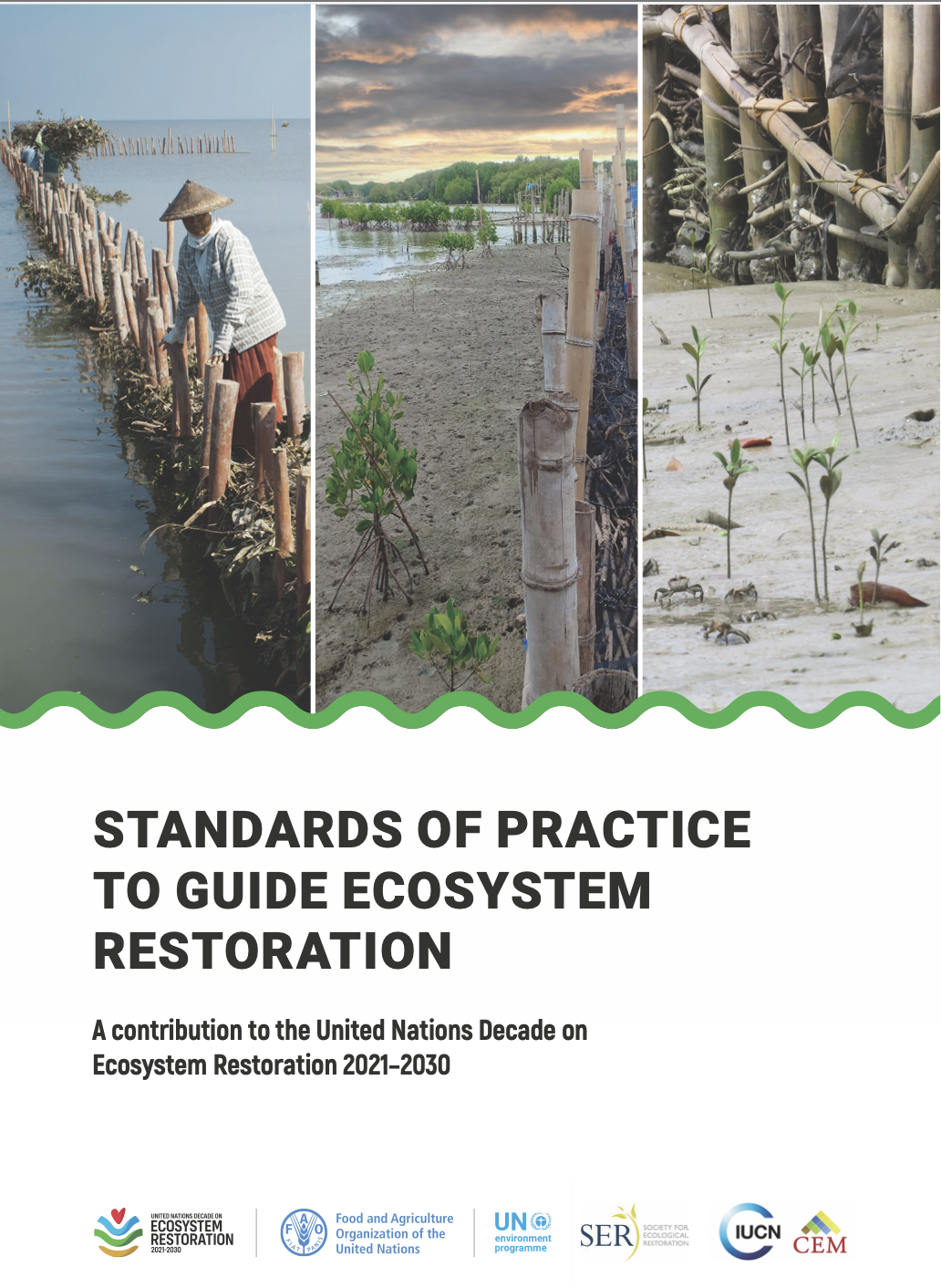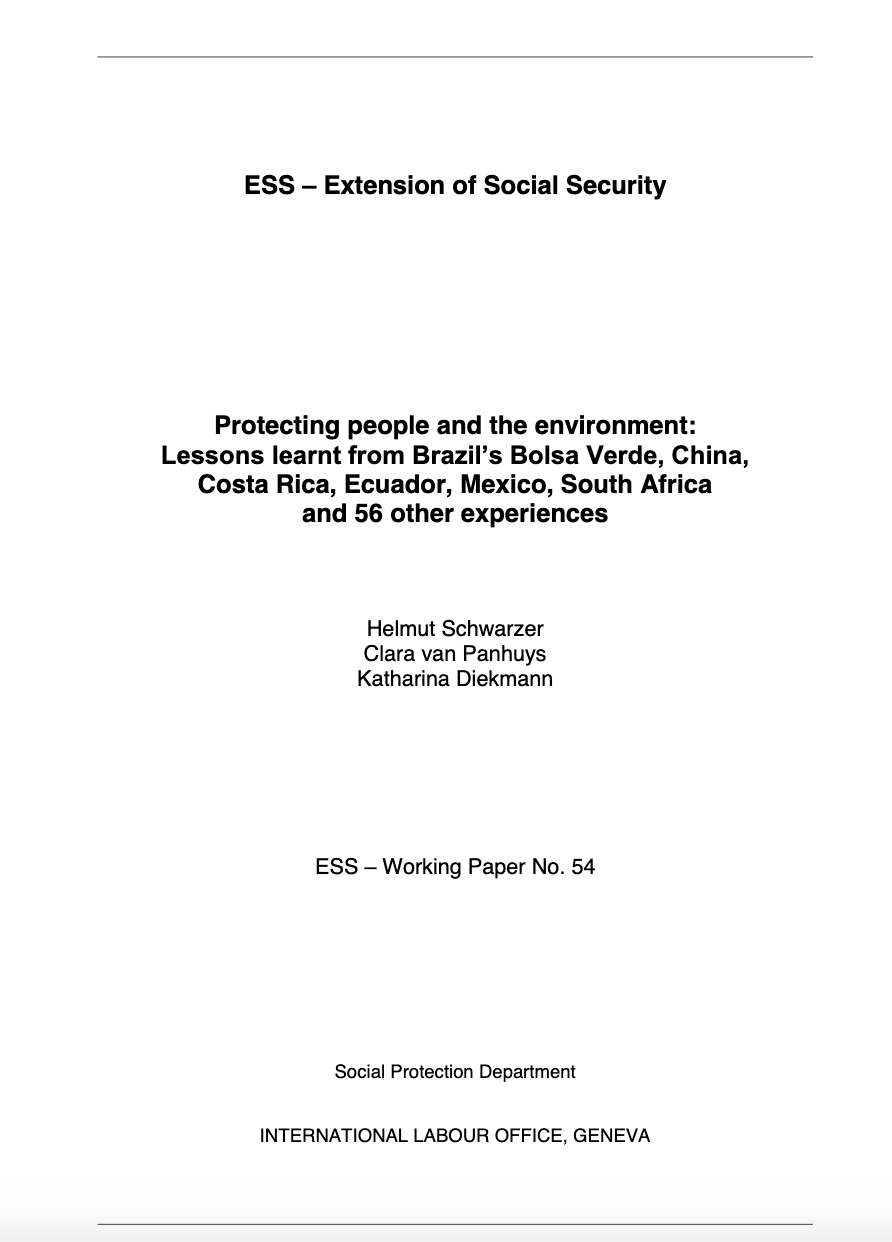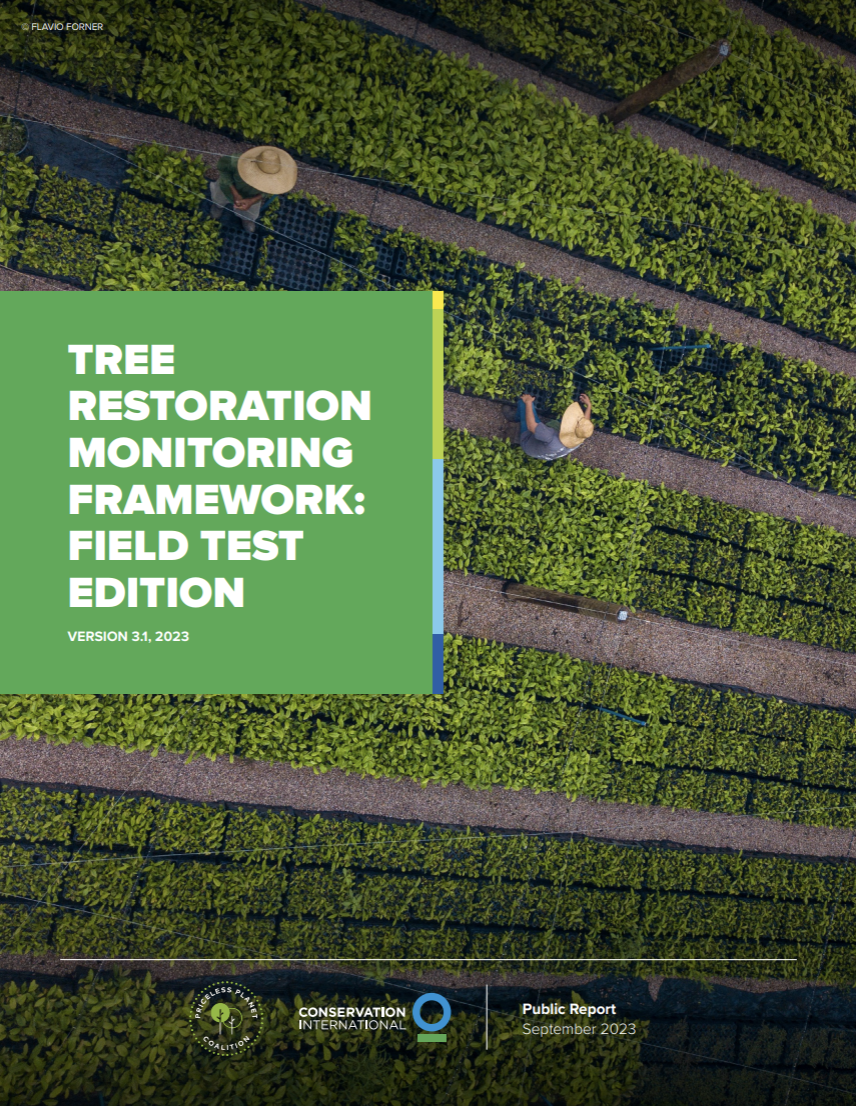Spatial Restoration
Photo credit: © Flavio Forner / Conservation International
Spatial approaches are more than technical; they are a foundation for scaling restoration in inclusive, adaptive, and impactful ways. ERIP is strengthening national capacities and fostering local ownership of spatial systems, ensuring countries can confidently use geospatial data now and in the future.
The spatial framework will deepen regional collaboration through thematic exchanges, case studies, and innovation pilots, building a shared culture of spatial evidence and learning to support more effective and accountable restoration across all 20 countries.

These standards bring together best practices from a wide range of restoration activities, including sustainable agriculture and ecological restoration. It was developed through a global collaboration led by the Taskforce on Best Practices, established under the leadership of the Food and Agriculture Organization of the United Nations (FAO).

Overview of 56 integrated social-environmental PES programmes in 19 Global South countries

The PPC Program’s monitoring framework tracks progress by measuring changes in ecosystem integrity, socio-economics, and carbon sequestration linked to its interventions